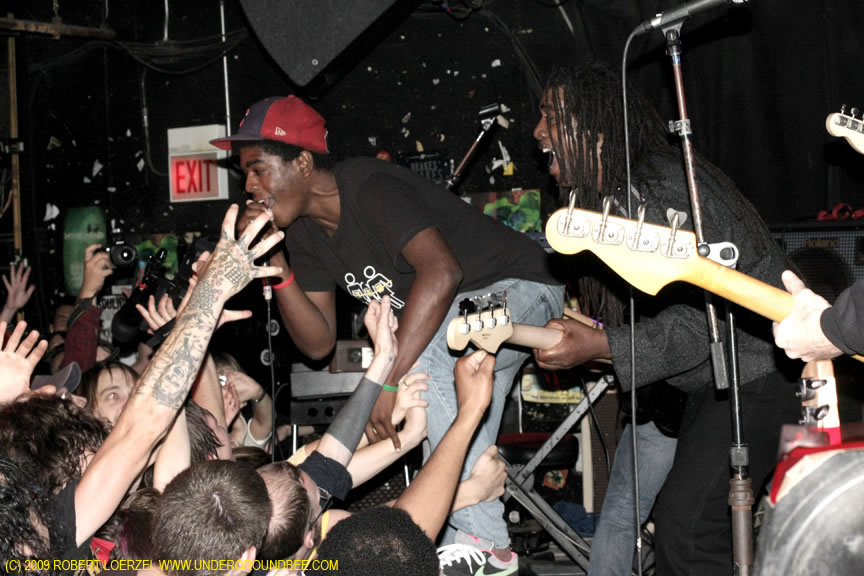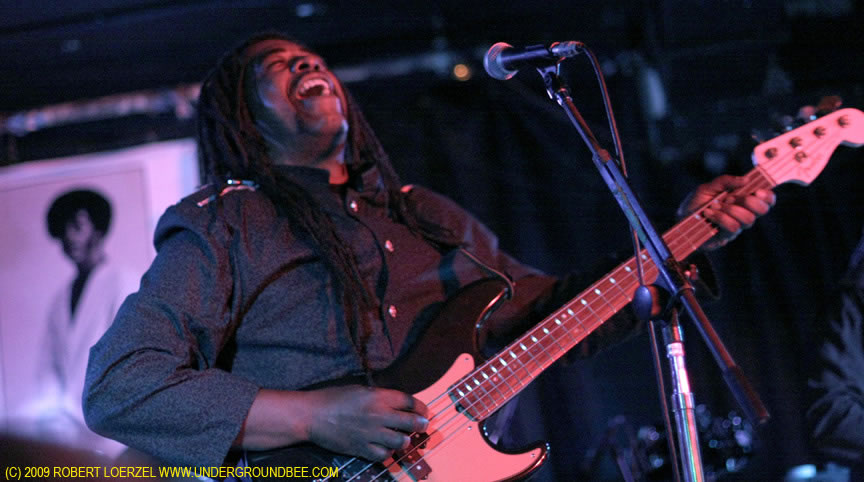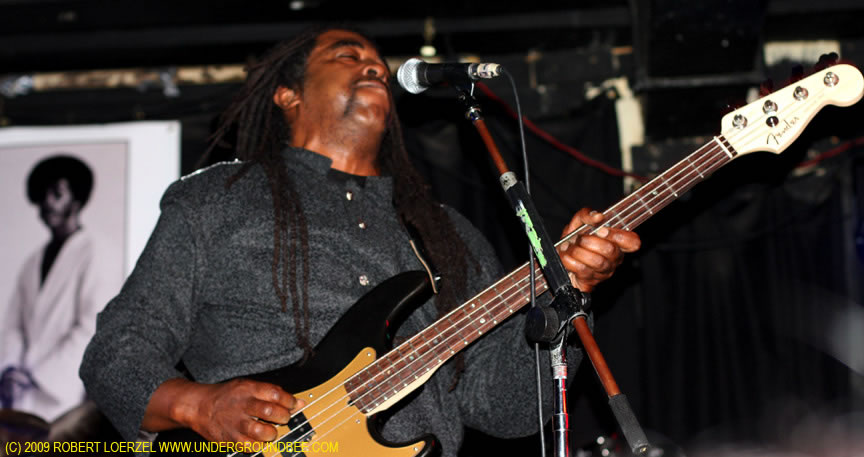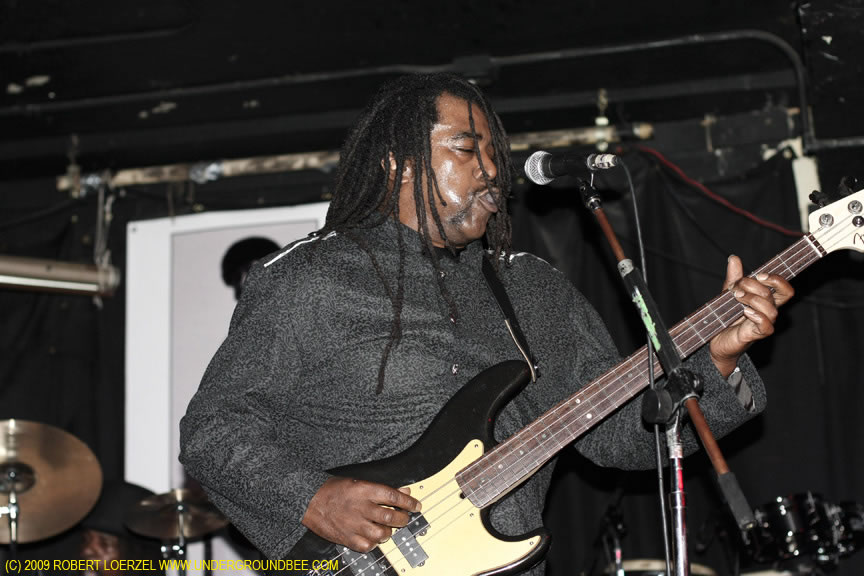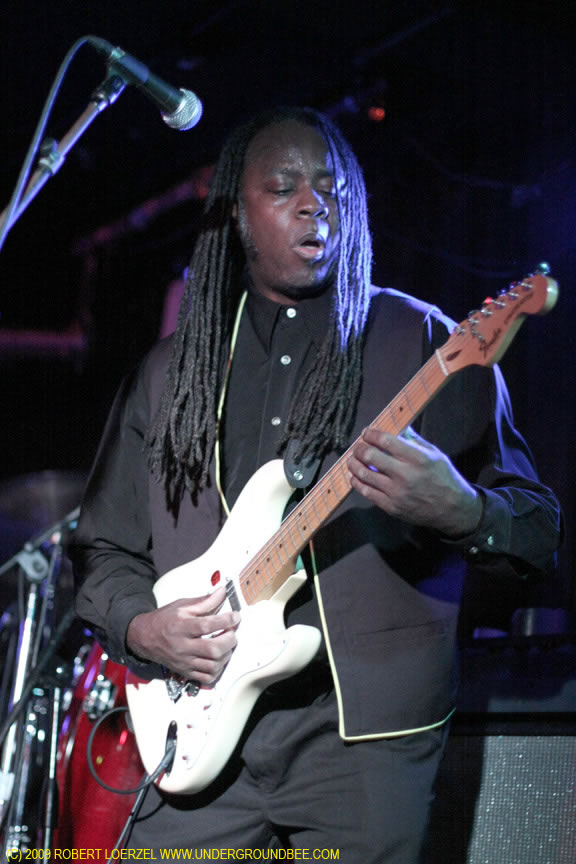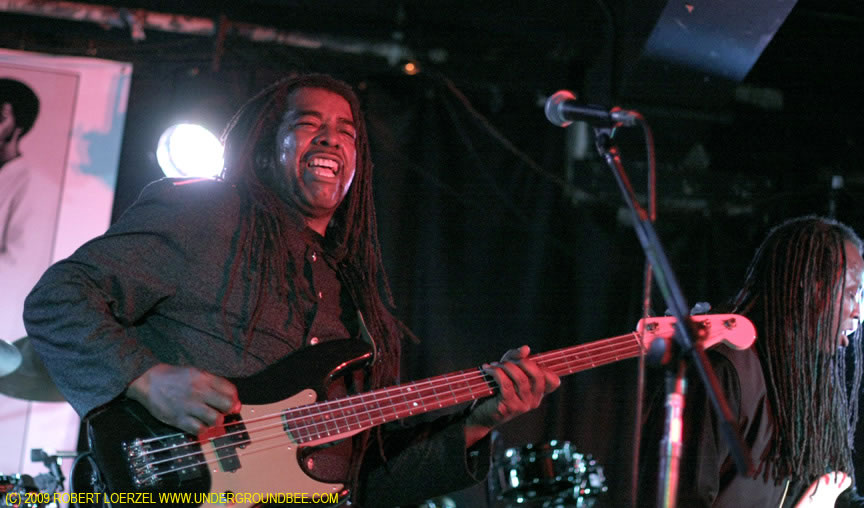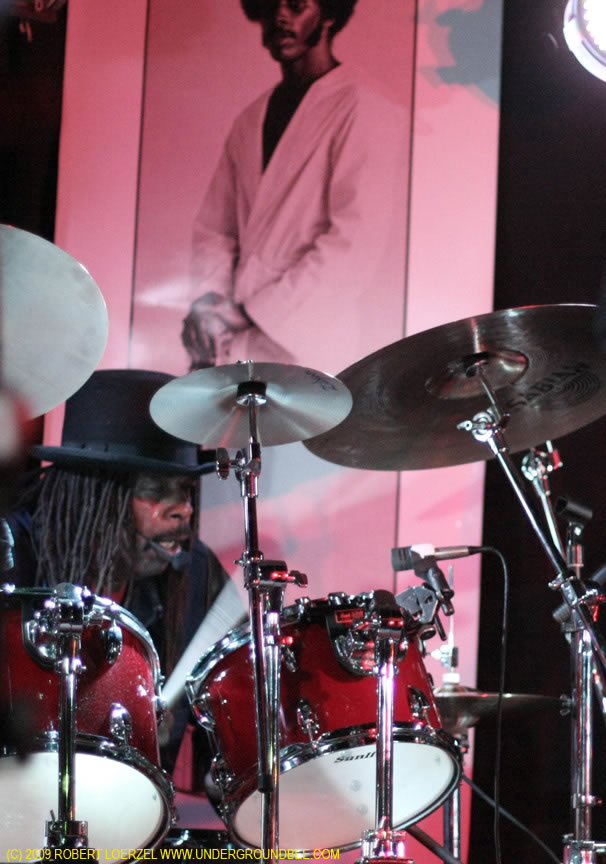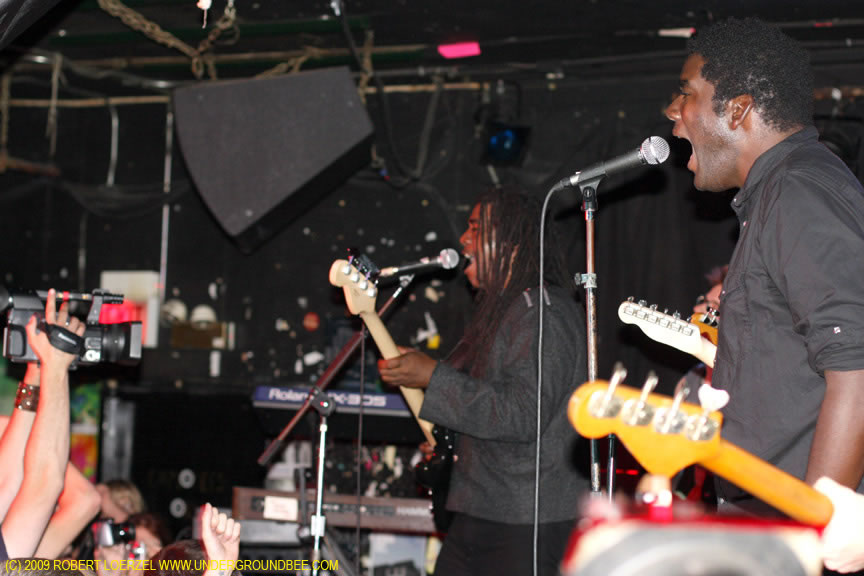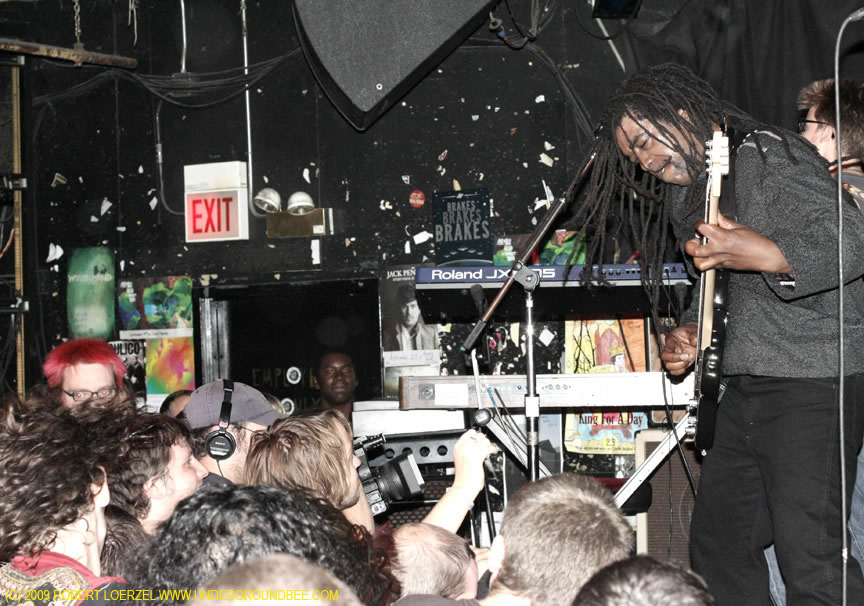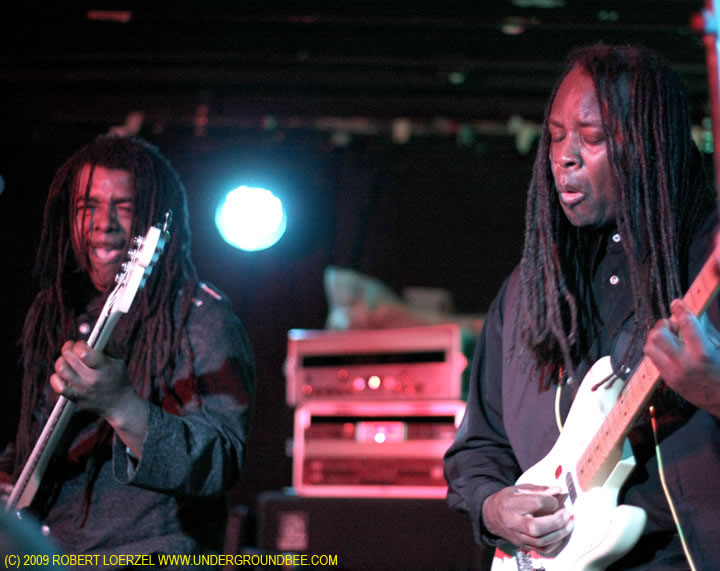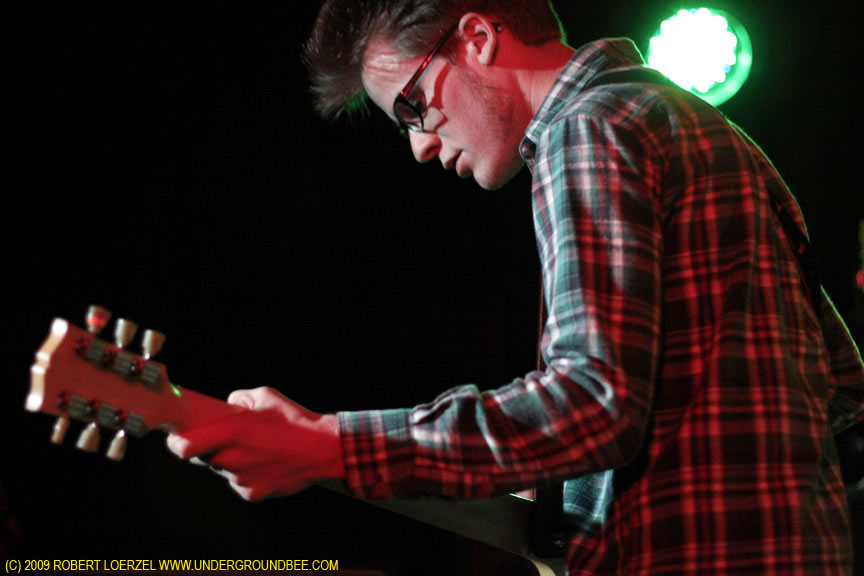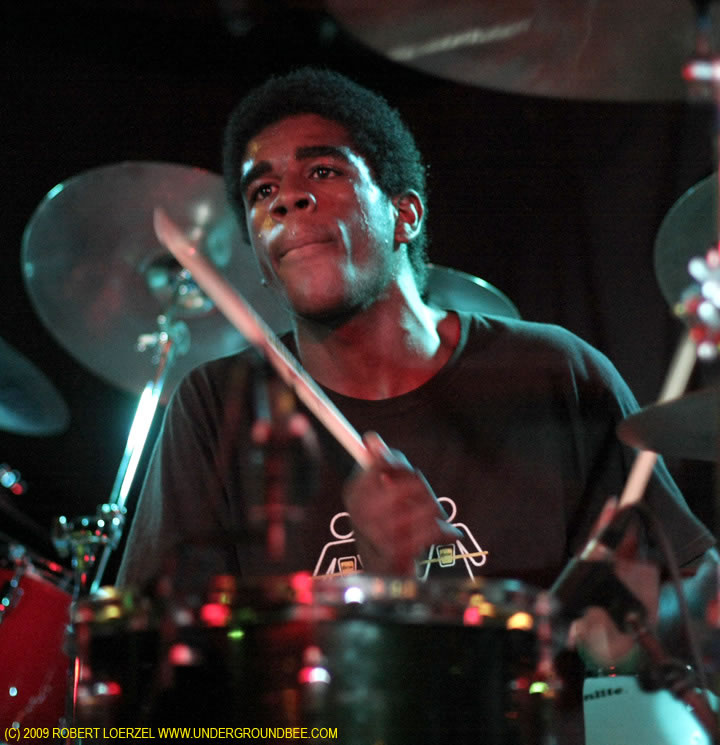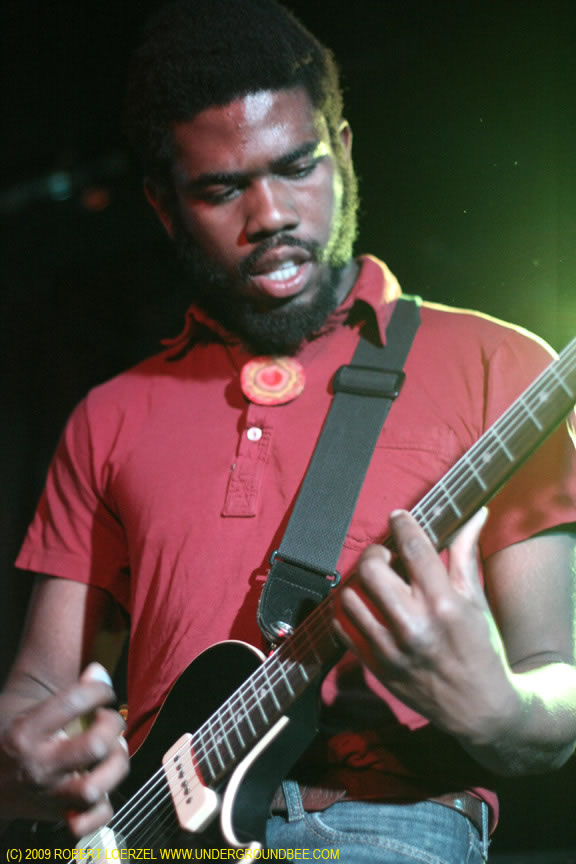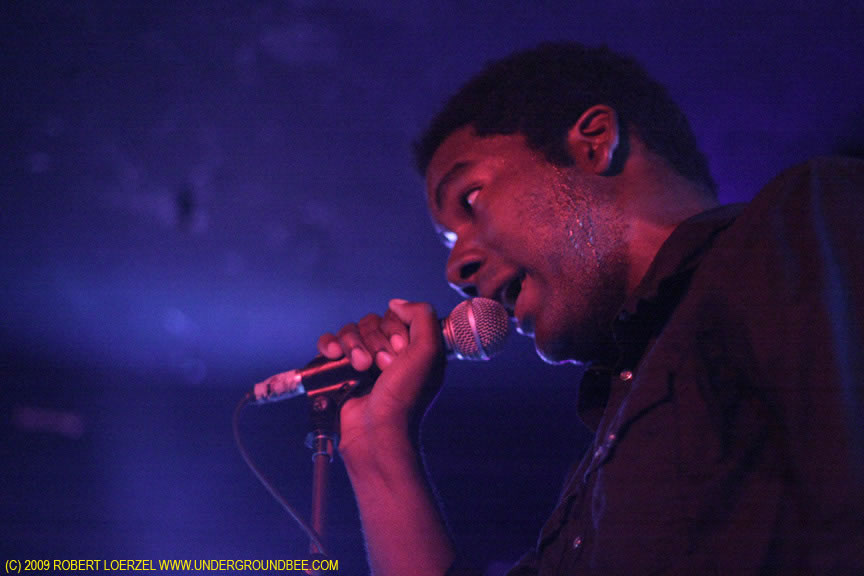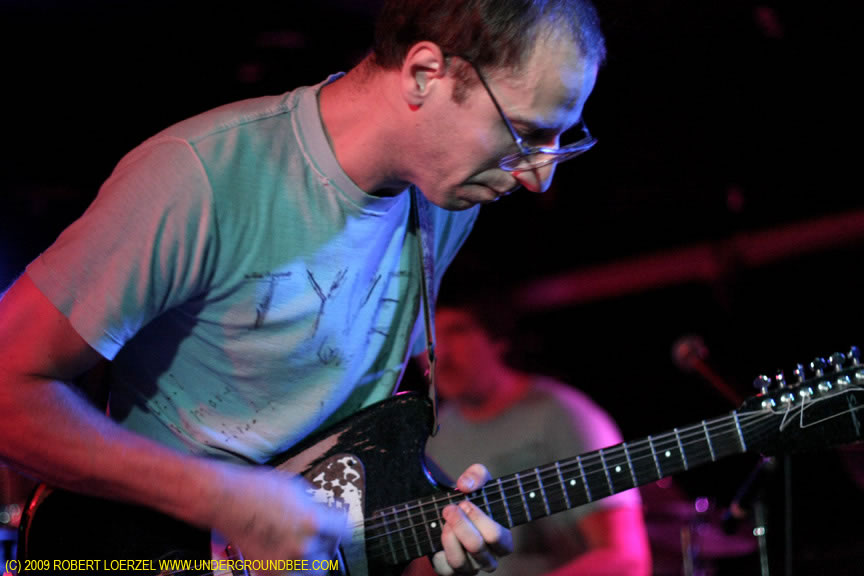 Os Mutantes were one of the great bands from the late ’60s/early ’70s era of psychedelic Brazilian music known as tropicalia — but most of us American rock fans didn’t discover these “mutants” until much later. Some of the group’s original members reunited in 2006, playing at the Pitchfork Music Festival in Chicago among other venues, performing its technicolor tunes for a new generation of fans. And now Os Mutantes has released its first new album in 35 years, Haih… Ou Amortecedor…. It’s a reunion of questionable authenticity in one sense — only one member of Os Mutantes’ original core trio, Sergio Dias, is in the new version of the band. But Dias and the six other musicians he has assembled certainly have the same spirit as the original Os Mutantes, and one thing that’s especially exciting about the new record is the participation of another Brazilian tropicalia legend, Tom Ze, who co-wrote six of the 13 songs with Dias.
Os Mutantes were one of the great bands from the late ’60s/early ’70s era of psychedelic Brazilian music known as tropicalia — but most of us American rock fans didn’t discover these “mutants” until much later. Some of the group’s original members reunited in 2006, playing at the Pitchfork Music Festival in Chicago among other venues, performing its technicolor tunes for a new generation of fans. And now Os Mutantes has released its first new album in 35 years, Haih… Ou Amortecedor…. It’s a reunion of questionable authenticity in one sense — only one member of Os Mutantes’ original core trio, Sergio Dias, is in the new version of the band. But Dias and the six other musicians he has assembled certainly have the same spirit as the original Os Mutantes, and one thing that’s especially exciting about the new record is the participation of another Brazilian tropicalia legend, Tom Ze, who co-wrote six of the 13 songs with Dias.
Os Mutantes played Sunday night (Sept. 27) at Subterranean in Chicago. I would have thought this band could fill a bigger venue in Chicago, but I suppose tropicalia remains a somewhat obscure genre, beloved by a small cult. It was a little disappointing to see these musical legends playing in front of such a small crowd, but by the end of the night, the audience was clapping and calling out with such rabid enthusiasm that all of my disappointment vanished. This was one of the best receptions I’ve seen any group get in Chicago for a while, and the Brazilians were beaming with big smiles on the stage as they brought down the house.
Classic songs from the early days of Os Mutantes (available on the highly recommended collection Everything Is Possible!) dominated the first part of the show, then the band played several songs from the new record in the middle of the set. The new songs fit quite well with the old ones. And then the band returned to some of its oldies at the end of the show. Singer Bia Mendes did a fine job singing the female vocal parts originally handled by Rita Lee.
What was striking more than anything else was Dias’ guitar playing. I hadn’t realized just what a virtuoso he is, and it was wonderful watching him playing peculiar psychedelic riffs, along with some guitar licks that even sounded a bit like Thin Lizzy or the Byrds. And then he really stretched out on some long guitar solos, including an amazing extended version of “Ando Meio Desligado” near the end of the set. For its encore, Os Mutantes played one of its strangest early epics, “Panis Et Circenses,” and it was a delight to hear the band singings its kaleidoscopic harmonies.
www.myspace.com/osmutantes66
The opening band was Brooklyn-based DeLeon, which claims to perform “15th Century Spanish indie rock infused with the deeply mysterious and entrancing cadences of the ancient Sephardic tradition.” The group sang some of its songs in Ladino, the Judaeo-Spanish language, and I preferred those to the lyrics translated into English. A couple of the songs had some lovely counterpart harmonies, and most of the songs were pretty good. But DeLeon was playing without two of its regular members, including the drummer, using prerecorded backing tracks that reduced the sense of spontaneity.
www.myspace.com/ilovedeleon
